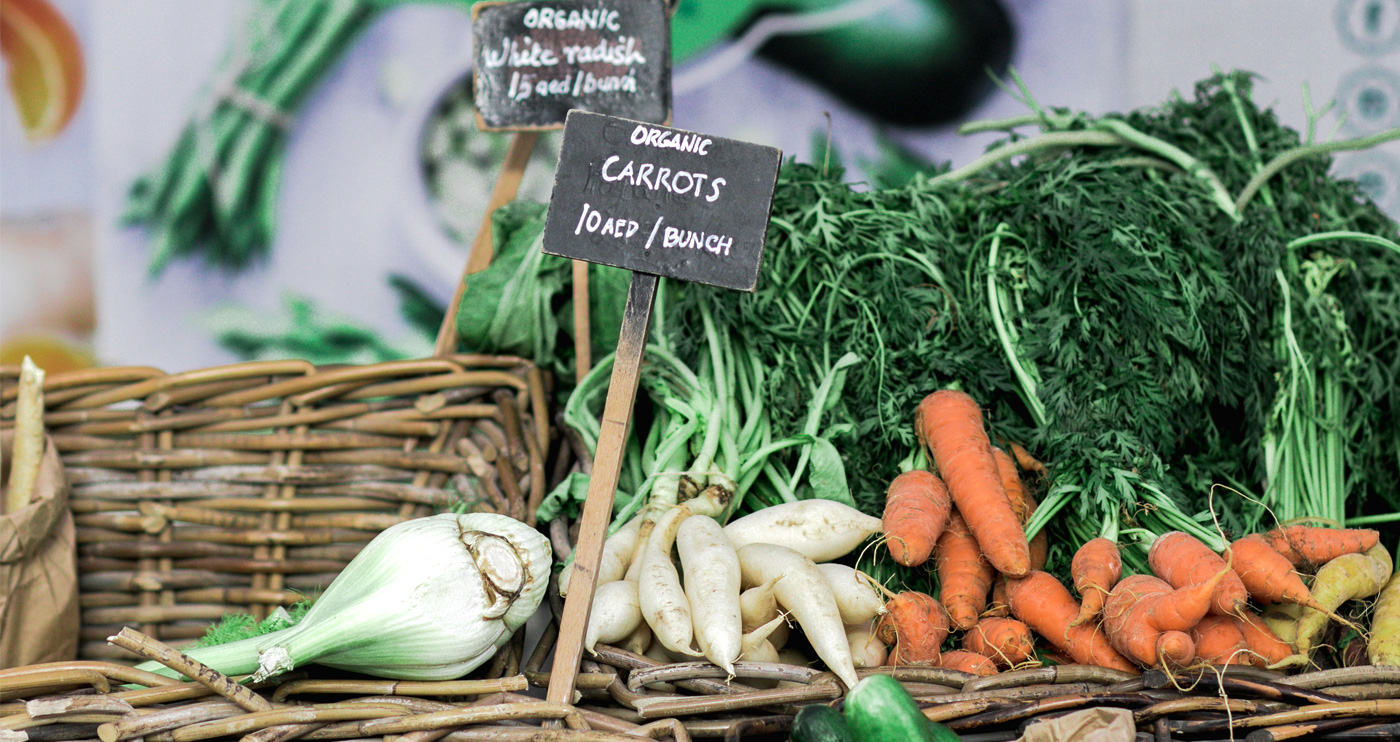
Organic produce commands higher prices at the market, and it’s not all just due to fancy marketing. While some people are staunch organic and natural foods devotees, others are more skeptical. Who’s right, and what foods are really worth buying organic?
Organic vs. Conventional Produce
There’s a perception that “organic” means “chemical-free,” but this is misleading. Setting aside the fact that literally everything is made up of chemicals, organic farming and conventional farming sometimes share a lot of similarities. Conventional farming uses pesticides, herbicides, fungicides, and synthetic fertilizers to achieve large crop yields and consistent products. Organic produce also uses pesticides, herbicides, fungicides, and fertilizers, but organic farmers must adhere to stricter rules on what is and is not allowed.
The assumption that organic farming is just conventional farming with different chemicals is what makes a lot of people question whether organic produce is worth it. Organic farming is about more than just swapping out one set of chemicals for another, however. Organic farmers approach growing crops in a different way, starting with the soil microorganisms and working up to the plants themselves. When a farmer follows an organic philosophy, there are fewer pest, weed, or disease problems to begin with. The result is soil that’s better at sequestering carbon, stronger biodiversity, and, in some cases, crops that are higher in specific nutrients.
Organic on a Budget
So, say you want to buy more organic produce. Unfortunately, you don’t have unlimited funds to spend on your weekly grocery bill. What can you do?
Your best bet might be to prioritize your produce. While some fruits and vegetables show a significant difference between their organic and conventional counterparts, others don’t. In one review, organic cabbage was regularly up to 43% higher in vitamin C than non-organic cabbage. Kiwis also showed a significant difference in vitamin C levels. Broccoli, however, did not. This requires doing a little research, but the results are worth it.
You may also wish to consult the Environmental Working Group’s “Dirty Dozen” list. This is published every year and offers a quick rundown of which types of produce carry the highest pesticide load. As of this writing, you may want to budget for organic versions of these fruits and vegetables:
- Strawberries
- Spinach
- Kale
- Nectarines
- Apples
- Grapes
- Peaches
- Cherries
- Pears
- Tomatoes
- Celery
- Potatoes
On the flip side of this is the “Clean Fifteen” list. These are foods with a lower pesticide load, like avocados, sweet corn, and pineapple, that you can save money on by buying conventional. Splurge on organic strawberries, and save on conventional onions.
Eating Local
A third option is local produce. In many cases, hitting up your local farmer’s market or Community Supported Agriculture (CSA) service can be just as good — and much cheaper — than an organic grocery store.
Organic certification costs money to get. Most small, local farms can’t afford certified organic labeling, no matter how strictly they follow the regulations. Even if they do use pesticide, they generally use a lot less of it than big commercial farms — after all, they have to live where their crops grow. Many of them also have websites that explain their pest and weed control methods, so you can make an informed decision about what you purchase from them.
When it comes to sheer environmental impact, local farms can also beat some organic produce. A conventionally-grown tomato that was grown and picked across town will always be more sustainable than an organic one that was grown in another country, shipped elsewhere for packing, then shipped again before it reached the store. (It’ll taste better, too, since local produce can be picked at a later stage of ripeness than produce that has to survive shipping.)
When it comes to organic versus conventional produce, you have to make the decision that’s right for your health, your diet, and your wallet. If you want to go organic, but money is an issue, prioritize your shopping list using tools like the “Dirty Dozen” and “Clean Fifteen” lists. Otherwise, support your local farmers by purchasing healthy, inexpensive fruits and vegetables from farmer’s markets and CSAs.